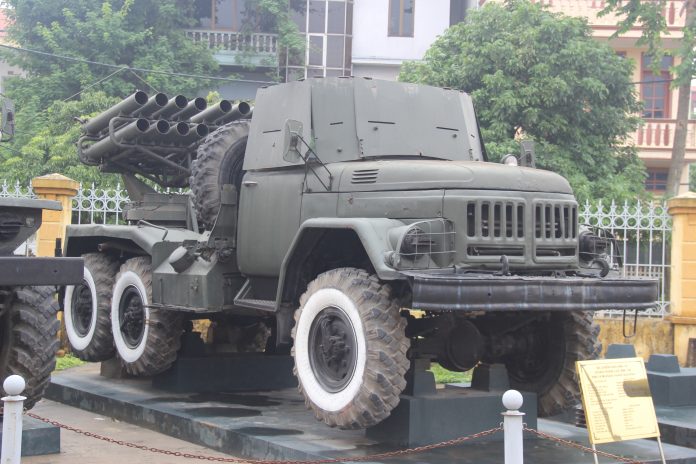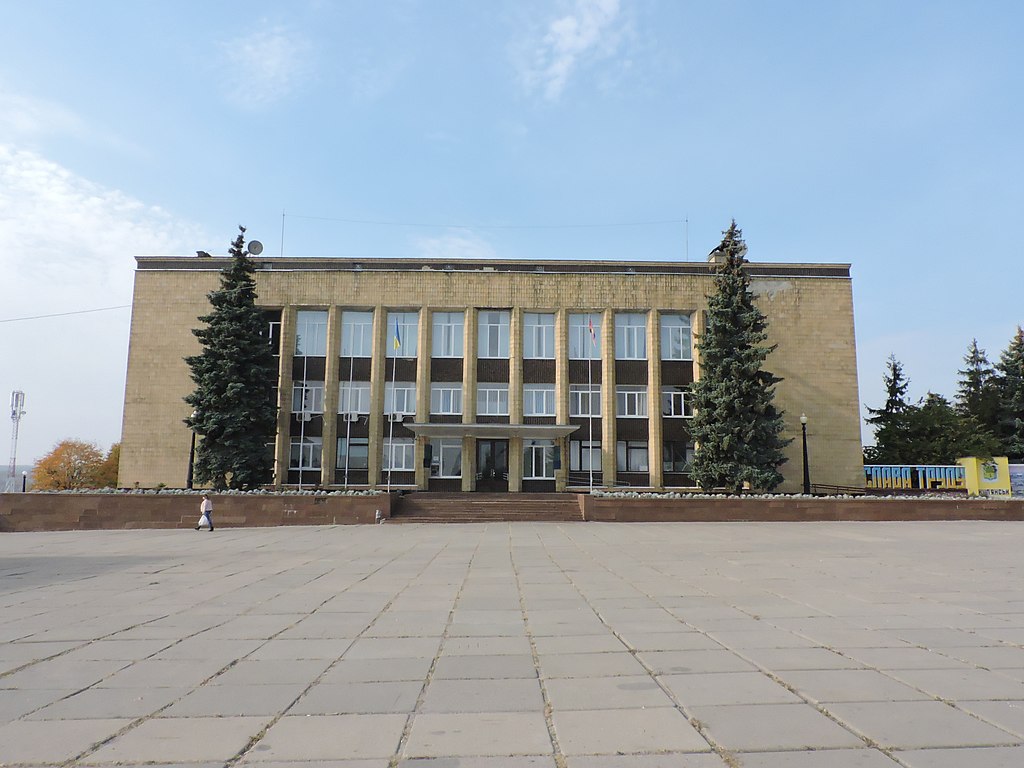
On the Kupiansk front in late October 2025, Ukrainian drone operators eliminated a rare battlefield sight: a North Korean Type-75 multiple launch rocket system in Russian service. The destruction of this Cold War-era platform was more than a tactical win; it exposed the depth of Pyongyang’s military support to Moscow and underlined Ukraine’s evolving counter-battery and unmanned strike capabilities.
The outing of the Type-75 was not a one-off incident. Similar systems have been destroyed in recent months by Ukrainian units, with each incident peeling back new layers on Russia’s reliance on foreign-supplied artillery and the challenges of deploying those systems unconventionally. From robotic launch platforms to disguised civilian-truck MLRS, the battlefield is seeing a mash-up of retro designs combined with modern adaptations-and Ukraine’s drone corps is proving adept at hunting them down.
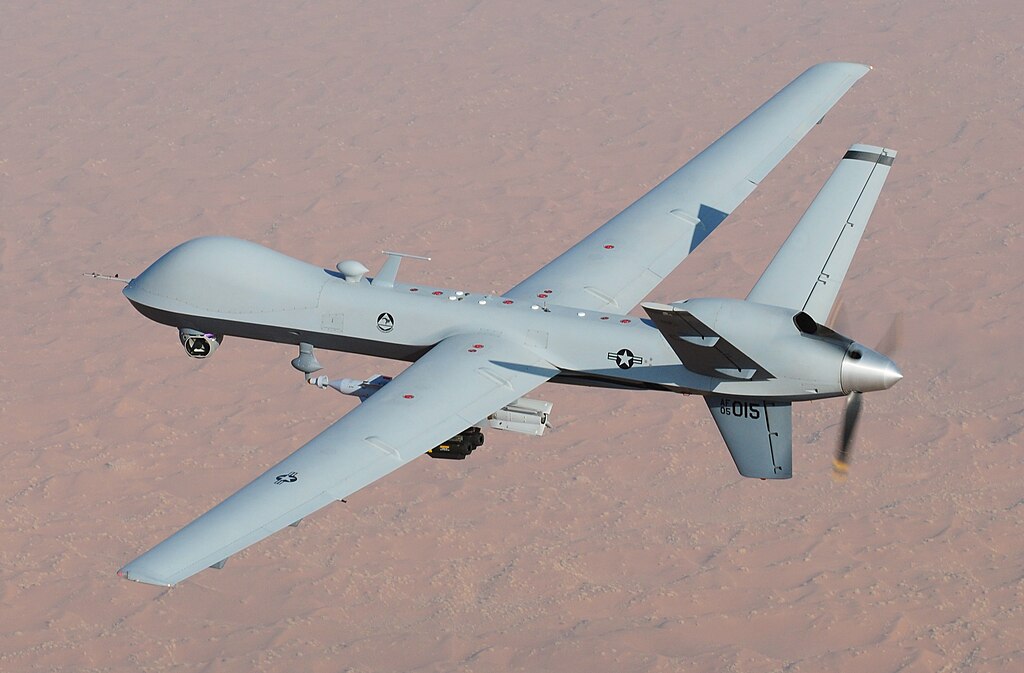
1. The Kara-Dag Brigade’s Precision Kill
Operators from Ukraine’s Kara-Dag 15th National Guard Brigade located the Type-75 MLRS deep behind Russian lines and conducted successive UAV attacks against the weapon. Footage released showed a first strike by a drone, followed by a second strike that ignited the munitions carried on the launcher, which could be seen burning from altitude. Defence Express reported that a dangerous indirect fire threat was being removed from Ukrainian positions-a testament to the growing proficiency of the brigade in precision reconnaissance-strike operations.

2. Repeat Sightings of the Type-75
In July 2025, Ukraine’s 429th Separate Regiment of Unmanned Systems ‘Achilles’ destroyed another Type-75 using fiber-optic guided first-person-view drones. At the time of impact, at least four tubes were loaded, Militarnyi reported, with one rocket launching inadvertently before detonation consumed the system. Earlier that month the Burevii Brigade also claimed a kill on a Type-75 – marking multiple confirmed destructions of this rare North Korean export.
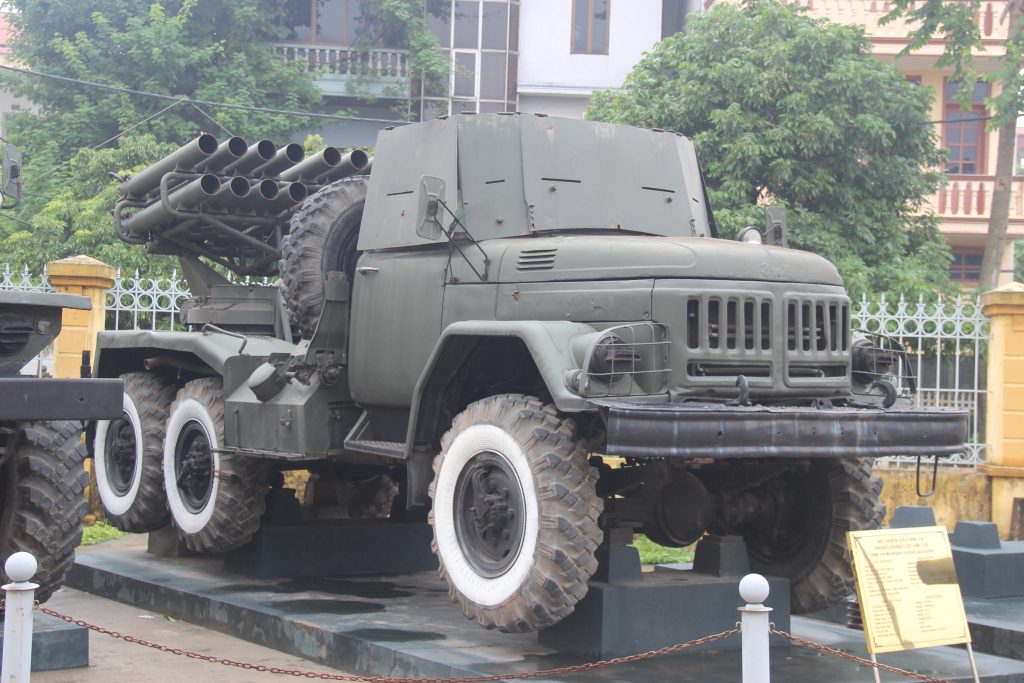
3. An Obsolete Design with a Punch
The Type-75 is a North Korean variant of the Chinese Type-63 107mm launcher, itself of Soviet BM-14 origin. Despite its age, it can fire a 12-rocket salvo to 8.5 km and is light enough for rapid repositioning. Although not self-propelled, it has been fitted to various platforms-including Russia’s ‘Varan’ unmanned ground vehicle-that enhance its tactical flexibility.

4. Robotic Launch Platforms in Action
Footage from late June 2025 showed a Russian force transporting a Type-75 aboard the tracked Varan UGV toward a firing position. Defense Express noted that Varan has been trialed with numerous payloads, from anti-tank missile turrets to electronic warfare jammers. The installation of older-generation rocket systems on robotic chassis in Russia demonstrates experimentation toward remote fire support while minimizing exposure.
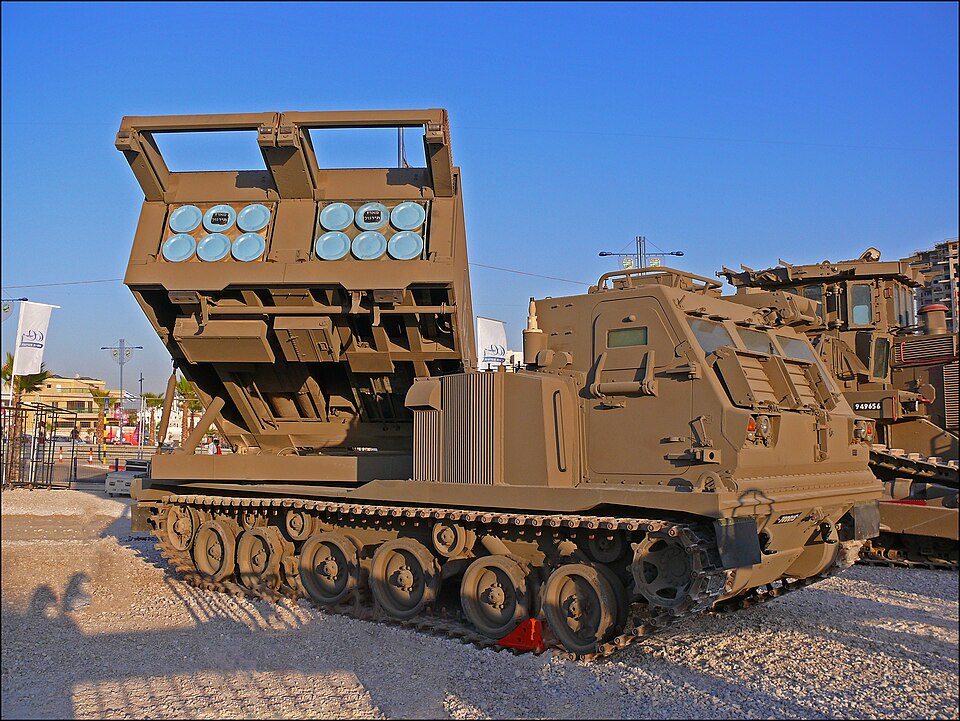
5. Camouflaged MLRS for Concealment
North Korea has also fielded MLRS disguised as civilian trucks, first seen in Pyongyang’s September 2023 parade. These 12-tube 122mm systems can blend into road traffic before deploying. Analysts noted their value in areas such as Kursk, where extensive road networks allow movement without immediate detection. However, their mobility is limited off-road, and protection against even small-arms fire is minimal.
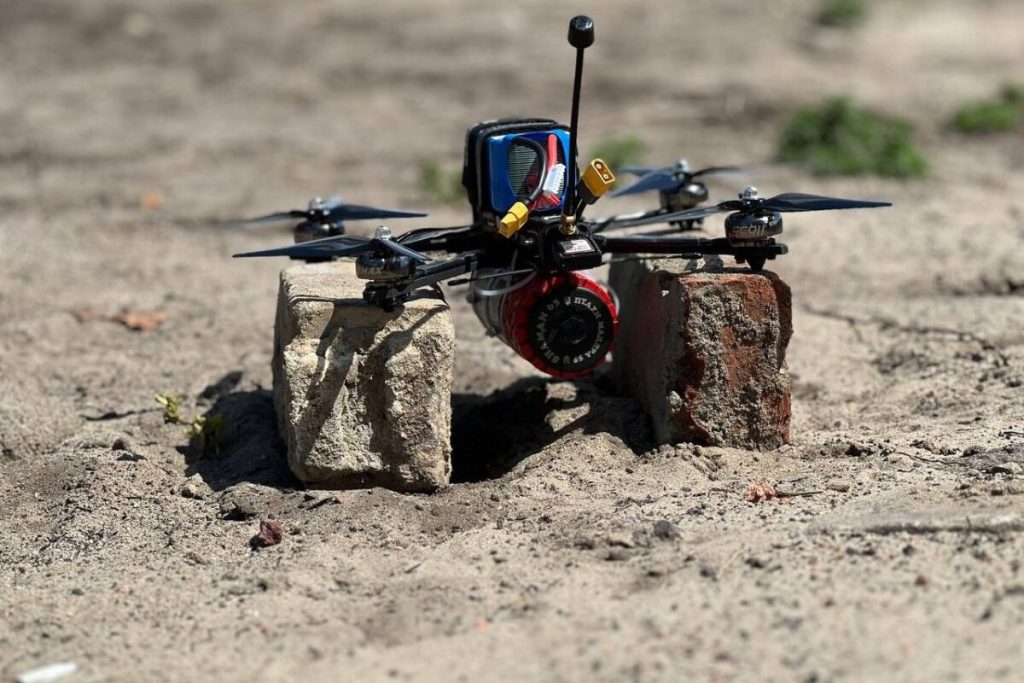
6. Vulnerability to FPV Drone Strikes
Combat footage of multiple engagements shows Type-75s falling to FPV drone attacks exploiting exposed munitions. As both Russian and North Korean MLRS variants lack enclosed launch pods, even a single hit can trigger catastrophic chain detonations. This vulnerability has made them prime targets for Ukraine’s expanding unmanned strike units.

7. North Korean Ammunition Lifeline
Open Source Centre analytics estimated Pyongyang supplied Russia between 4.2 and 5.8 million artillery rounds since August 2023, accounting for up to 40% of Russia’s total fired munitions. Deliveries surge ahead of major offensives with shipments timed to support operations from Avdiivka to Kursk. Without this supply, the daily fire rate of Russia would drop from 22,729 to about 13,493 rounds, constraining the scope of offensive operations.

8. Fiber-Optic Drone Threat
Jamming-immune FPV drones controlled via fiber-optic links have stretched the reach of those Russian strikes out to more than 25 miles. These systems have been used in operations to ambush Ukrainian logistics routes, creating ‘kill zones’ up to 15 km from the front. Ukrainian commanders stress the need for anti-drone nets and tactical adaptations to counter this resilient threat, which targets artillery and vehicles deep in the rear.
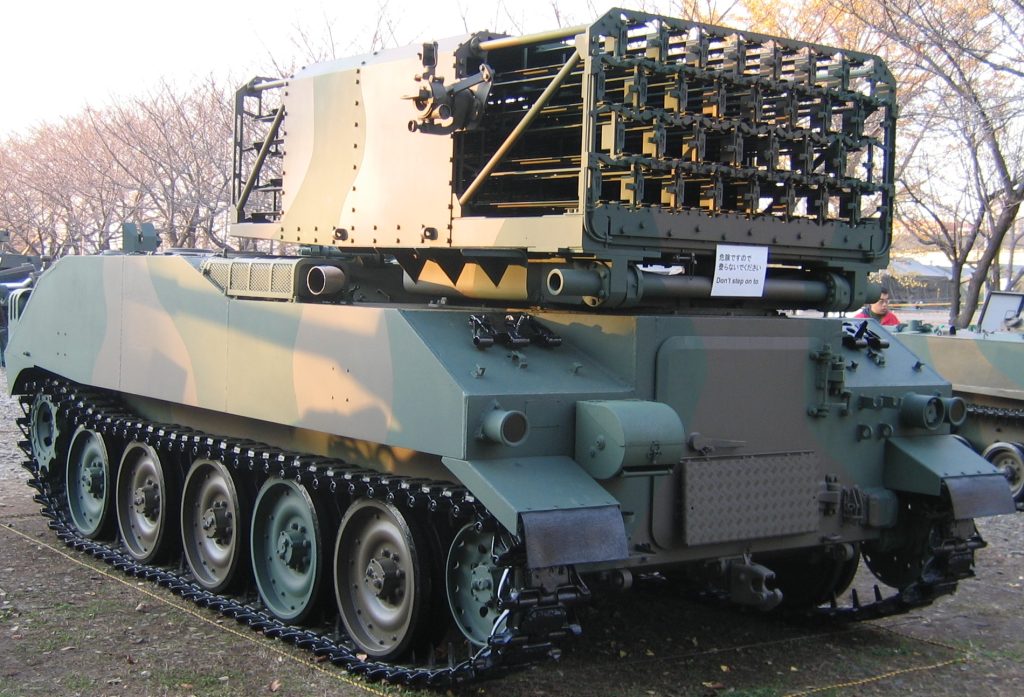
9. Ukraine’s Growing Drone Arsenal
Units like Kara-Dag and Achilles reflect a broader push to scale unmanned strike capabilities. From kamikaze FPVs to bomber drones, they incorporate reconnaissance, targeting, and precision attack into one formation. As recently seen in Kupiansk, drones now neutralize threats that would previously require costly artillery missions, conserving ammunition while maintaining pressure on enemy assets.
The destruction of multiple Type-75 MLRS units in Ukraine not only indicates the persistence of obsolete weapons in modern conflicts but also testifies to the adaptability of forces employing them. The weaknesses that come with such reliability on North Korean systems are being pitted against Ukraine’s rapid evolution in drone warfare. As unmanned strike capabilities grow, it is a question of balance between legacy firepower and modern countermeasures that continues to shape the battlefield.
